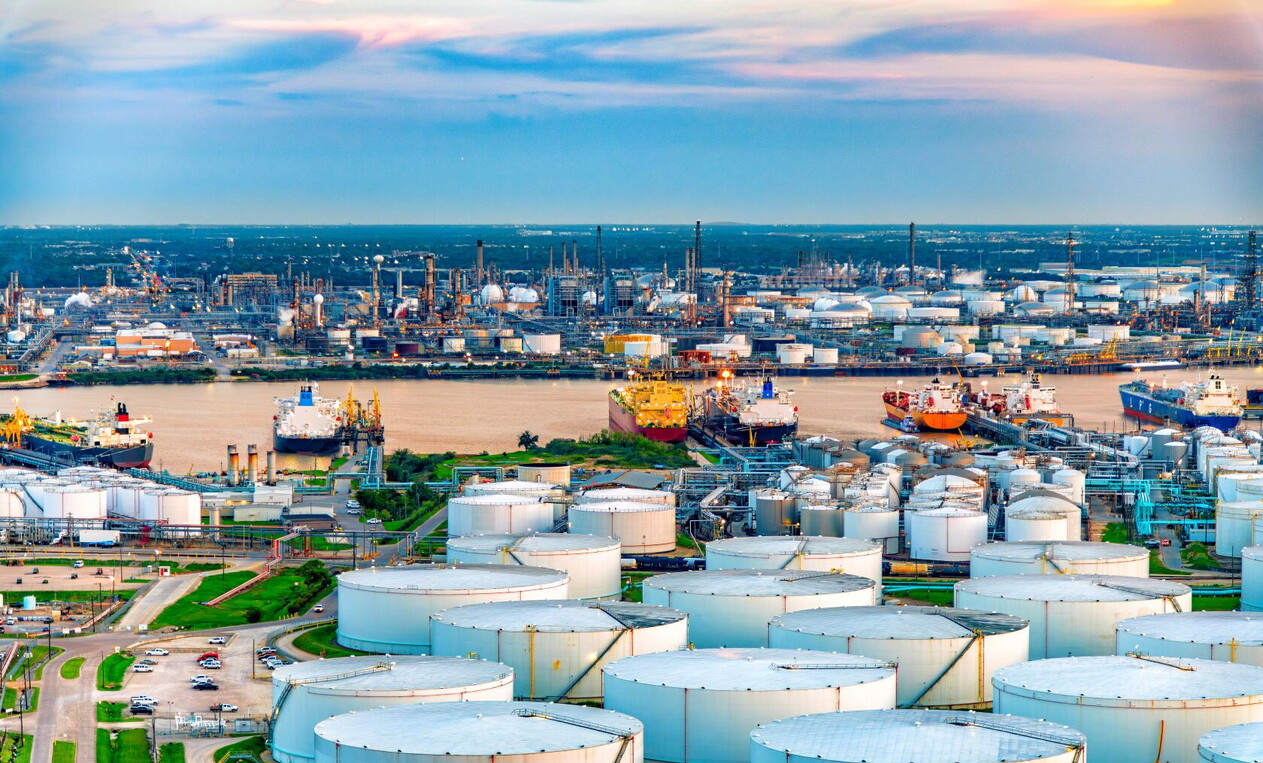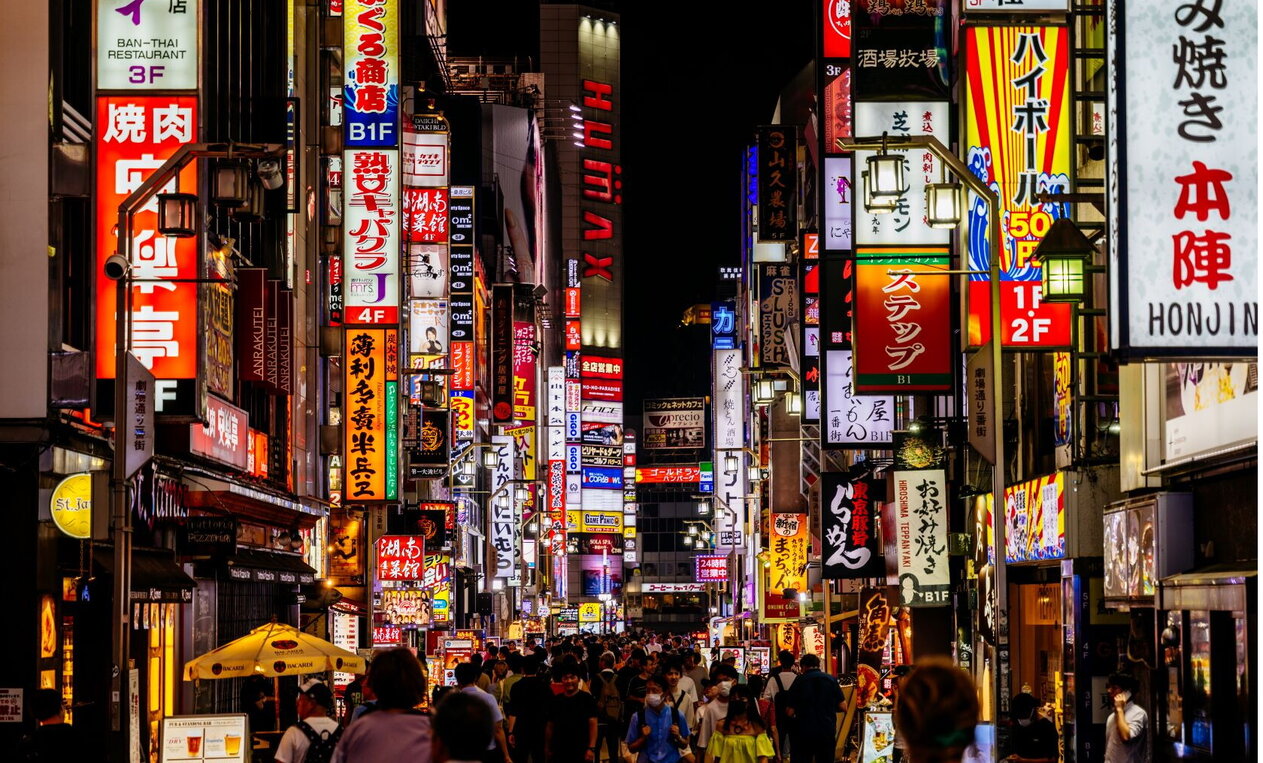
Competitiveness and dynamism
U.S. & Japan converging interests
The United States and Japan are both seeking to expand overseas LNG markets.
Washington is pursuing new outlets for its gas exports in Southeast Asia, while Tokyo is investing across the supply chain—developing infrastructure and supporting projects aimed at strengthening and increasing regional demand
T
he world’s largest LNG exporter and its second-largest importer share a common goal: developing overseas markets. The United States seeks new outlets for its LNG exports, while Japan aims to deploy capital and expertise across the value chain to invest and market its surplus cargoes. Their interests converge in Southeast Asia, where joint investments in gas infrastructure could play a pivotal role in unlocking regional LNG demand.
An unprecedented buildout in global LNG supply is underway. Projects that have reached final investment decision (FID) could add nearly 230 million metric tons per year (mmtpa) of capacity between 2025 and 2030, with additional growth continuing into the early 2030s. U.S. LNG projects account for more than half of this upcoming supply wave. Two facilities—Plaquemines LNG and Corpus Christi Stage 3—are currently ramping up production, while several others are under construction, including Golden Pass LNG, Port Arthur LNG Phase 1, Rio Grande LNG Trains 1–3, Corpus Christi Midscale Trains 8 and 9, Plaquemines LNG Phase 2, Louisiana LNG, CP2 LNG, Rio Grande LNG Train 4, and Port Arthur LNG Phase 2.
A market in transition
This expansion is set to reshape the global LNG market. In previous cycles, new supply was quickly absorbed by rising demand. This time, however, the scale is far greater—the largest of the three LNG supply waves since the 2000s. Unless demand grows dramatically, the surge in new capacity expected by the early 2030s is likely to push down spot prices in Europe and Northeast Asia, while giving portfolio players abundant volumes to place through spot and short-term contracts.

There are mounting concerns that the U.S. LNG industry could become a victim of its own success by contributing to a global supply glut. While lower medium-term spot prices may not significantly affect U.S. LNG facility owners—who operate under tolling agreements that secure fixed revenues—they could slow or delay future project FIDs. An oversupplied market would primarily hurt aggregators that have locked in LNG volumes through offtake agreements but still must find end-users such as utilities and industrial gas consumers.
A central question is whether lower prices will stimulate additional LNG demand. Optimistic forecasts project that traded LNG volumes could rise from 411 million tons last year to more than 700 million tons by 2040, driven largely by growth in non-OECD markets. China, South Asia, and Southeast Asia feature prominently in this outlook—but such expansion is far from guaranteed.
In Southeast Asia and South Asia, imported natural gas faces stiff competition from both cheap, abundant coal and rapidly expanding renewables. In markets such as Bangladesh and Pakistan, falling domestic gas production, existing infrastructure, and strong industrial demand have supported higher gas use. Nonetheless, cost pressures and competition from other energy sources are reshaping demand patterns—Pakistan, for instance, now aims to defer around 177 LNG cargoes from QatarEnergy scheduled for 2026–2030.

Other markets face steeper barriers to expanding gas use. Factors such as third-party access to pipelines, the structure and influence of wholesale buyers, and the ability of suppliers to contract directly with end users all shape demand. For LNG specifically, the availability of regasification terminals, pipeline networks, and gas-fired power capacity is essential. Countries like Thailand and Malaysia have been gradually liberalizing their markets for years, and LNG imports across Southeast Asia are likely to grow through the 2030s as the region transitions into a net importer. Even so, price remains a persistent challenge.
The upcoming LNG supply wave is expected to improve gas competitiveness. Recent trends show that spot prices around $11–12/MMBtu tend to constrain demand in Southeast Asia and South Asia, whereas a decline to about $10/MMBtu typically spur more spot buying. A sustained drop to $8/MMBtu or lower could drive a substantial increase in consumption. Qatar will play a decisive role in determining the depth and duration of any market oversupply, depending on whether it proceeds with all phases of its capacity expansion—particularly if it adopts an aggressive market-share strategy.
Given the impending surge in supply and lingering uncertainty about long-term demand, many players in the LNG industry have a vested interest in fostering overseas market growth—including Japan.
Japan Aims to Develop Overseas LNG Markets
In February 2025, Japan approved its 7th Strategic Energy Plan (7SEP), reaffirming that LNG will play a major role in energy security for decades to come. The Ministry of Economy, Trade, and Industry (METI) emphasized the need for long-term contracts to safeguard supply stability and mitigate price volatility. Although Japan’s LNG imports have fallen in recent years—from 77 million tons in 2019 to 66 million tons last year—the 7SEP makes clear that the government prefers to err on the side of oversupply rather than risk shortages.
Japan’s cautious approach to energy security aligns closely with the interests of its major gas companies. Like many utilities worldwide, Japanese firms are seeking to capture greater value from the expanding LNG trade. JERA—the country’s largest LNG buyer and power generator—and trading houses such as Mitsui and Mitsubishi already command significant trading capacity. Other gas and power utilities, including Osaka Gas and Tokyo Gas, are also enlarging their trading operations. Some of these companies hold sizable portfolio volumes, while others are evolving into both buyers and sellers, partly by re-marketing surplus term cargoes. In 2017, Japan’s Fair Trade Commission facilitated this shift by recommending the removal of destination clauses, allowing companies to freely resell unwanted LNG cargoes.

Significant uncertainty surrounds Japan’s long-term LNG demand, which depends on the pace of nuclear restarts, the expansion of renewable energy, and the cost competitiveness of hydrogen and ammonia. This uncertainty calls for careful planning. However, if Japan ends up over-contracted, it could open opportunities for its companies to invest in overseas gas infrastructure—deploying excess LNG volumes while strengthening energy ties with key regional markets.
US Support for Gas and LNG
The Trump administration has been an outspoken supporter of the LNG industry. The White House has accelerated export approvals for LNG facilities and prioritized LNG trade in negotiations with Japan, South Korea, and the European Union. Several U.S. government agencies are positioned to reinforce this agenda through financing, diplomacy, and technical cooperation.
The White House is expected to reorient the focus of the U.S. Development Finance Corporation (DFC), which partners with the private sector to finance projects that advance U.S. strategic and economic interests. The DFC offers direct loans, loan guarantees, political risk insurance, and equity investments. Under the Biden administration, its priorities centered on renewable energy and critical minerals supply chains. The current administration, however, has different priorities. Energy Secretary Chris Wright has frequently highlighted the potential of U.S. gas exports to displace coal and lower global greenhouse gas emissions, and the White House is likely to task the DFC with supporting these objectives.
The DFC had already begun shifting its focus after Russia’s invasion of Ukraine, providing a $500 million loan guarantee to Poland’s PKN Orlen to support LNG imports from Port Arthur LNG. Once the agency resumes normal operations—its authority to operate lapsed during the October 2025 government shutdown, despite a substantial budget increase earlier this year—the Trump administration is expected to direct it toward financing gas infrastructure. This could include debt funding and loan guarantees for regasification terminals and gas-to-power projects in Southeast Asia.
The Export-Import Bank of the United States (EXIM) could also be pulled into this effort. Like the DFC, EXIM has offered t for US LNG export projects, and the institution has for supporting fossil fuel projects. The US export credit agency was also criticized for re-approving a $4.7 billion loan to Mozambique LNG, a project now operated by TotalEnergies rather than a US company, which competes with US LNG export projects. It seems likely that the Trump administration will encourage EXIM to support natural gas and even coal projects.
The Export-Import Bank of the United States (EXIM) is also likely to be drawn into this agenda. Similar to the DFC, EXIM has previously provided some support for U.S. LNG export projects, though it has faced controversy for its support of fossil fuel ventures.
The agency was notably criticized for re-approving a $4.7 billion loan to Mozambique LNG—a project now operated by TotalEnergies rather than a U.S. firm—which competes with U.S. LNG exports. Under the Trump administration, EXIM is expected to receive encouragement to expand support for natural gas projects—and potentially even coal—both at home and abroad.
Prospects for US-Japan Cooperation
Japan strengthens its energy security through overseas project support provided by the Japan Bank for International Cooperation (JBIC), Nippon Export and Investment Insurance (NEXI), and the Japan Organization for Metals and Energy Security (JOGMEC). Backing from these state institutions helps unlock capital for LNG developments and related infrastructure. The White House may well seek to emulate this approach as it looks to expand U.S. influence in global gas markets.
The United States could pursue more effective partnerships with Japanese institutions to support gas infrastructure development in Southeast Asia. Such cooperation might include joint lending programs, loan guarantees, or trade insurance mechanisms. Japan’s government may view these efforts as a way to strengthen economic and trade relations with the Trump administration. A logical starting point would be to explore investment opportunities in countries such as Indonesia, the Philippines, and Vietnam—potentially aligning these initiatives with Japan’s Asia Zero Emission Community (AZEC) framework.
The United States and Japan share a strategic interest in expanding global LNG demand. The Trump administration views rising U.S. LNG exports as a way to compete with—and potentially displace—coal in Southeast Asia. Yet producing more gas is only half the equation; the real challenge lies in strengthening and sustaining market demand.

